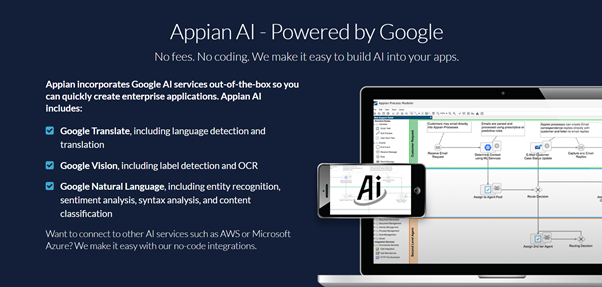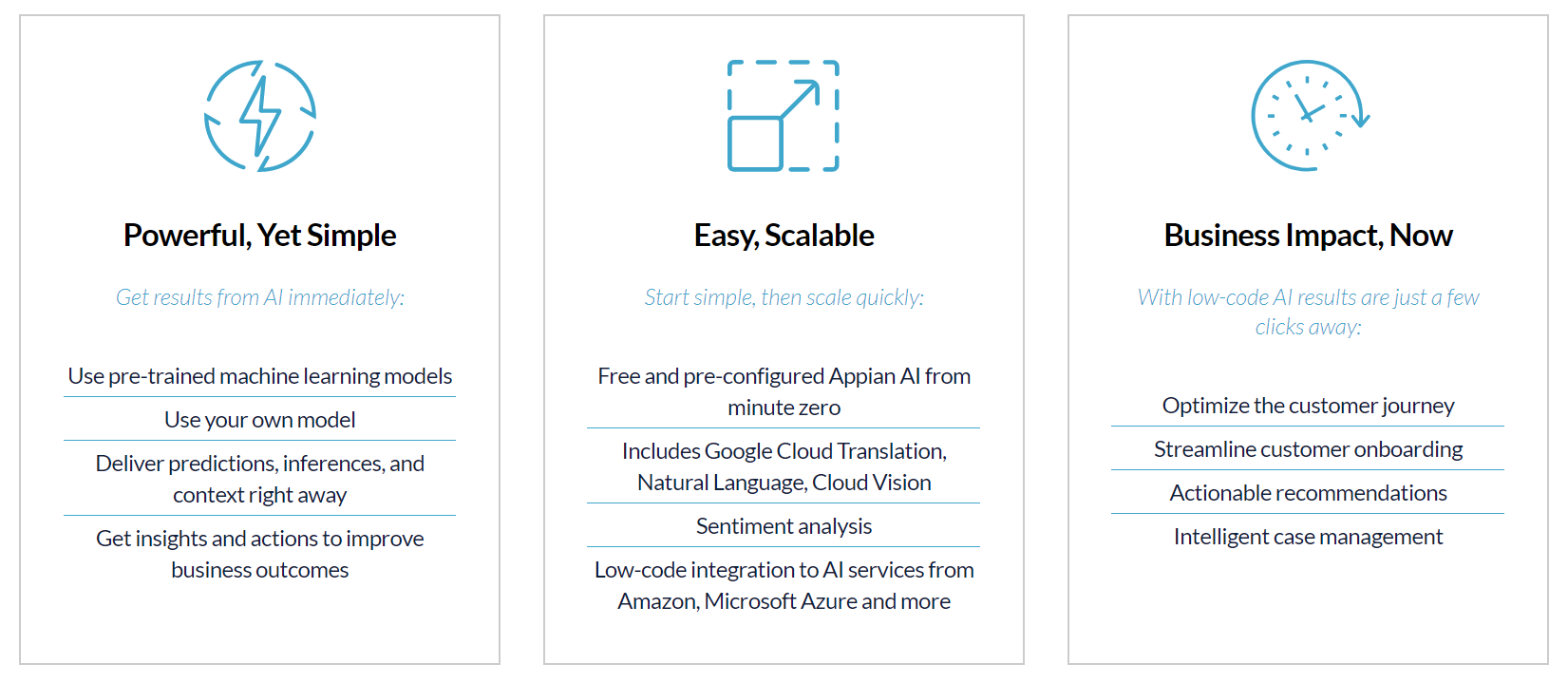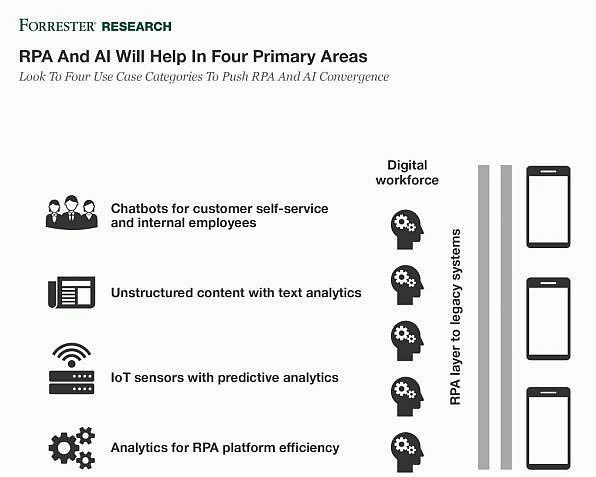If there’s ever been a term that’s been overused, stretched and repeated in almost every business context in the last few years, it’s been AI (Artificial Intelligence).
Most of these conversations amount to some form of the following “It will be revolutionary” “It’s going to change everything” and, of course “It’s on our roadmap”.
In this article, psKINETIC are going to elaborate what AI (Artificial Intelligence) is and means. We are going to explain its relevance and provide clarity around all the noise.
So, sit back, strap in, and pay attention. Oh, and make sure to bring a towel (because that is what every hitchhiker needs when they are travelling to the galaxy).
Artificial Intelligence: The Basics
Artificial Intelligence is a broad term; there are many things which could seemingly fit the definition.
Thanks to the influence of cinema and TV, in a lot of contexts AI conjures up pictures of malevolent robots – whether that be the black sunglasses-clad Arnold Schwarzenegger, The Matrix films, or perhaps most recently Scarlett Johannsen in Ghost in The Shell. These depict AI as having a human – or beyond human – level of intelligence which interferes in some dramatic way with how the world unfolds.
Yet, at the same time, we associate the phrase AI with much tamer applications. We think of AI has having something to do with Facebook and its algorithms, or with how Amazon recommends products we may like. At the most basic level, one could even make the case that something as trivial as a calculator could be associated with artificial intelligence (after all, this is a device built by humans which intelligently solves arithmetic problems on our behalf). Doing arithmetic requires intelligence, this is an artificial device, so does that make Casio an AI company? Where do we draw the line?
The problem is, as we can clearly see, devoid of context Artificial Intelligence doesn’t really mean anything specific at all. It’s almost as non-specific as the word technology – a word which could describe anything from how early civilisations discovered bronze to the latest smartphone.
So, if you find yourself with someone who is speaking about AI, and you’re not at all sure what they mean, consider this your license to ask for specifics. Are they talking about a world-ending superintelligence? A video game difficulty level? Or are they talking about an app which records your preferences as you use it to make predictions about your behaviour?
Artificial Intelligence: The Specifics
Thankfully, specifics do exist. There are four functionality-based classifications of AI:
1. Reactive Machines
This describes almost all of the intelligence we’ve managed to contain into machines so far to date. This type of AI doesn’t have any sort of past memory and cannot use past information to change decisions about future actions. Ultimately these machines are IF=THEN logic based; if input x, then output y (hence the name reactive).
This is often the kind of AI you see in video games, where the computer plays against a player – a classic example of which is the IBM chess program that beat Garry Kasparov in the 1990s.
Crucially, these machines have no capacity to learn.
2. Limited Memory
Almost all ‘AI’ systems built to date fit within this category. Limited Memory AI uses past experiences to inform and improve future decisions – the greater their access to past information, the better they get. This includes things like facial recognition, self-driving cars, voice recognition, chatbots and so on. This is, in other words, Machine Learning.
Most of the innovative AI that is being developed today exists within this category.
3. Theory of Mind
This level of AI has yet to have been fully achieved – AI in this category can understand more abstract concepts such as belief or emotion. An AI that has reached this level should be able to interact with humans socially as a result of this.
4. Self-awareness
This AI is a long way off – but would represent the pinnacle of human achievement. This would be an artificial consciousness – an AI which could act introspectively and program itself. This could also be terrifying and cause too much disruption.
There is also an alternate system of classification, pertaining to the breadth of intelligence. This has three types:
1. Artificial Narrow Intelligence
This refers to systems that are single-task oriented. i.e., the scope of the AI, no matter how ‘intelligent’ is narrow.
So far, every AI we’ve created as a species is narrowly focused, from a calculator to machine learning, as there is no general application of these systems. Using the previous method of classification, these systems would be contained within the Reactive and Active Memory categories.
2. Artificial General Intelligence
This type of AI would have a much more general intelligence – the ability to learn, perceive, understand and acquire new skills outside of a single field. These AI systems would likely meet or surpass human abilities.
3. Artificial Superintelligence
These are hypothetical AI machines that would vastly exceed the intelligence and capabilities of humans. If these were created, this would mark the moment of the ‘singularity’ – a theorised moment of an intelligence explosion.
So, let us summarise: most of the technology we see and use is classified either as a reactive machine or limited memory artificial intelligence – both of these are considered narrow. The act of applying machine learning algorithms to specific problems, such as suggested product recommendations or self-driving cars is a common usage of AI that in all likelihood has the most potential, short-term, to disrupt various industries.
So you may be wondering, given all this, how can AI help you, or your business?
As we’ve said, the most advanced AI that currently exists are limited memory AIs that can enact machine learning. These can be applied to all manner of business problems and processes – from analytic insights, triage processes and even fully-automated systems. In order to apply limited memory artificial intelligence effectively, one needs a repository of centralised ordered data for it to learn from. A perfect example of how to achieve this is via the Appian Platform – which acts as a digital transformation solution which paves the way for AI usage by collecting and storing that data:


Another way of implementing AI is through the use of a digital workforce (Blue Prism), which intelligently learns how to improve the ongoing customer experience. Forrester believes that there are four main areas where RPA combined with AI will, in particular, disrupt industries:

psKINETIC believe that through a combination of our proven delivery methodology, strategic thinking and focus on intelligent automation – in partnership with the Appian and Blue Prism technologies – organisations can be best placed to leverage the full power of AI that is now available, whilst future-proofing for rapid change to varying, regulatory requirements.
The AI Galaxy is vast and wide – you’ll probably need a companion (besides your trusty towel of course). Go on, I challenge you to dip your toes into the water by having a free consultation with us and then taking the plunge… what could possibly go wrong?
Author: Jack Lawrence | Digital Consultant |psKINETIC
To learn about psKINETIC’s AI Solutions click here.
